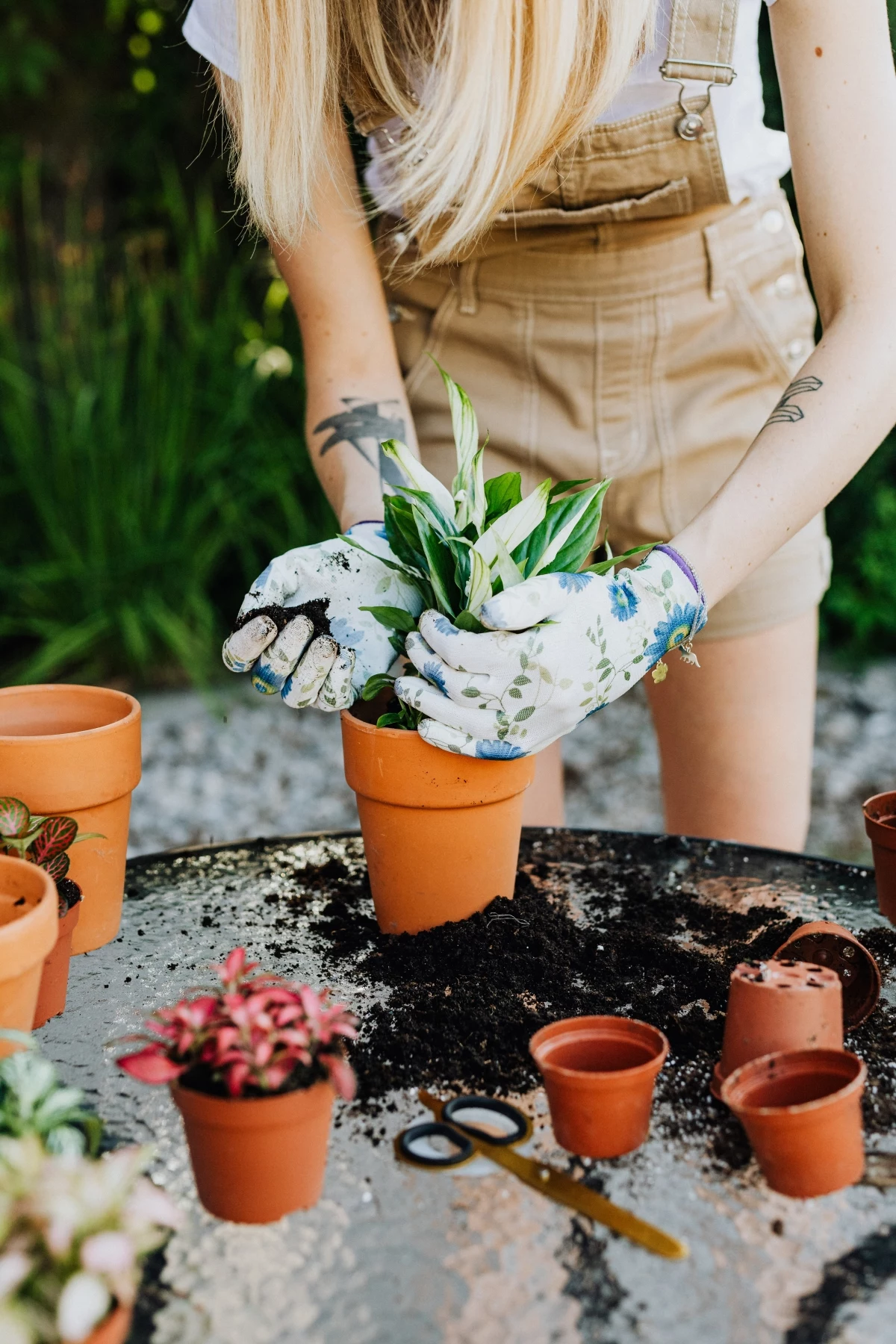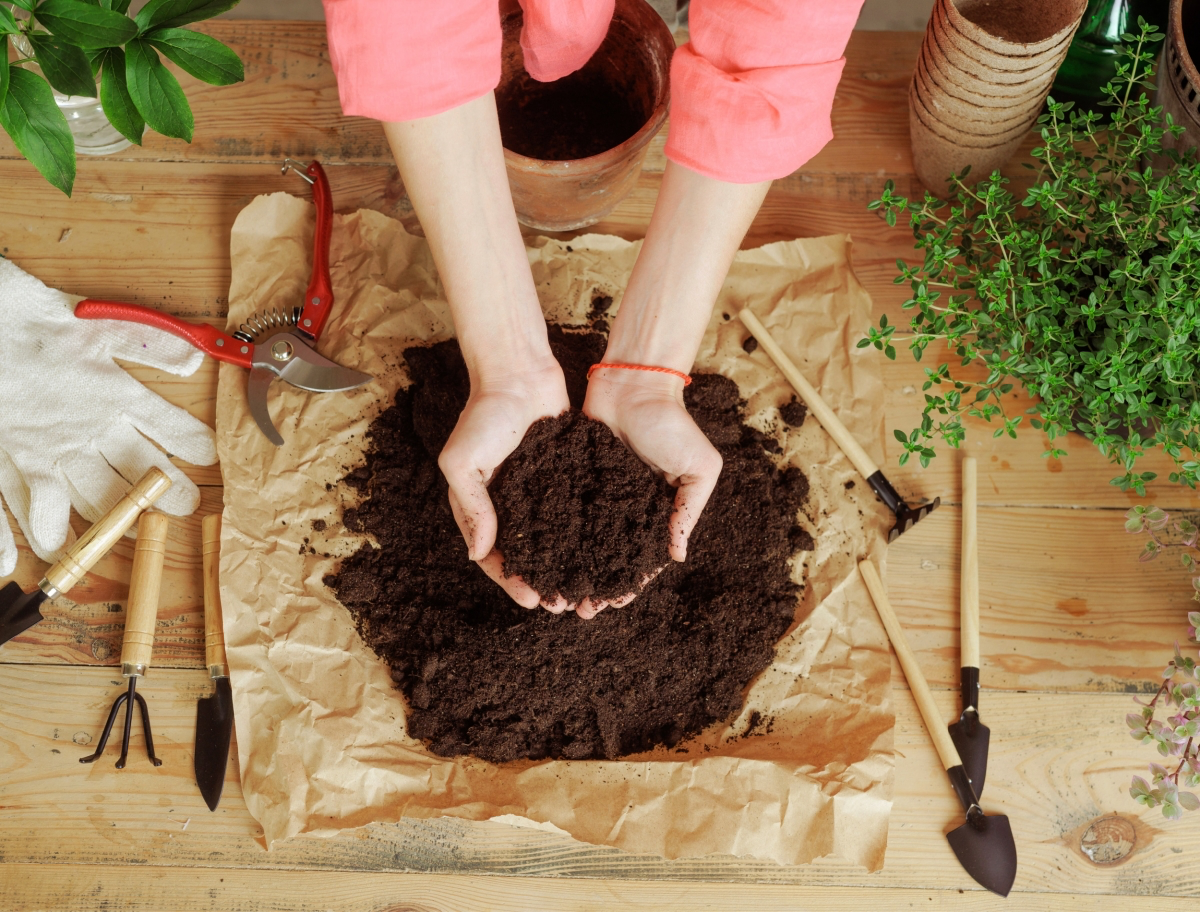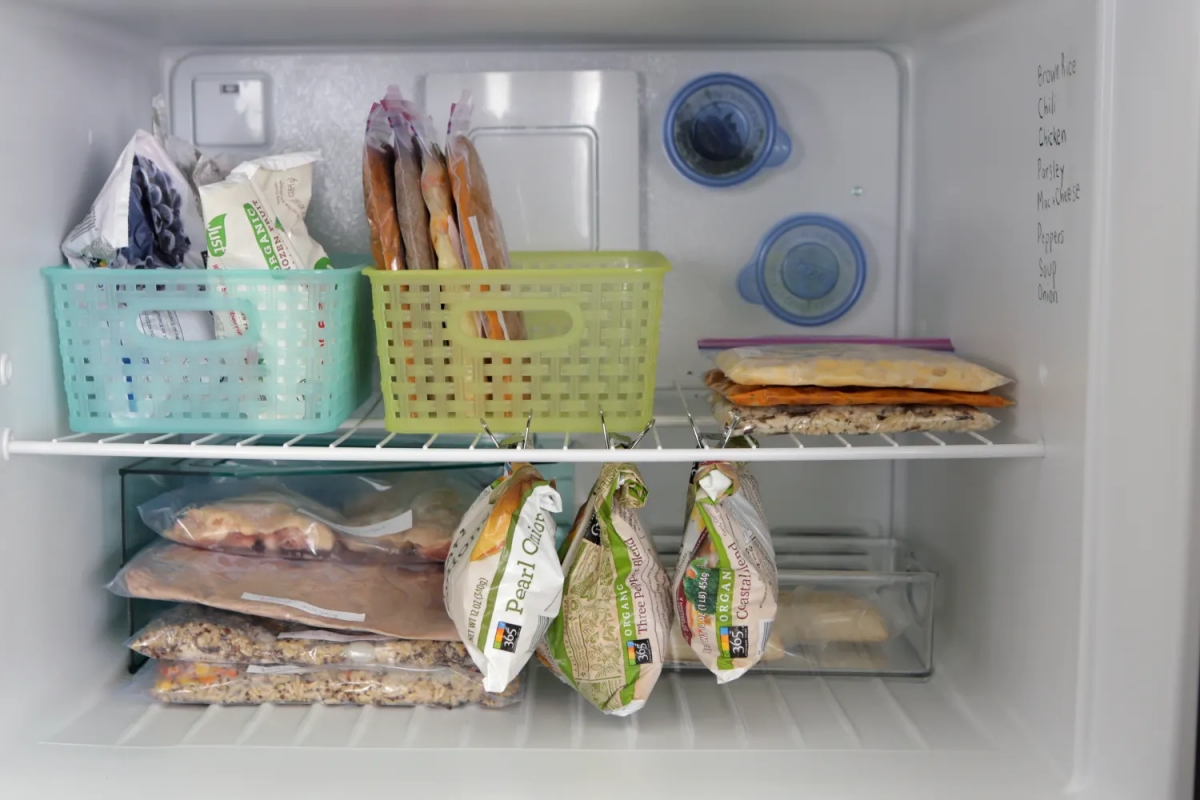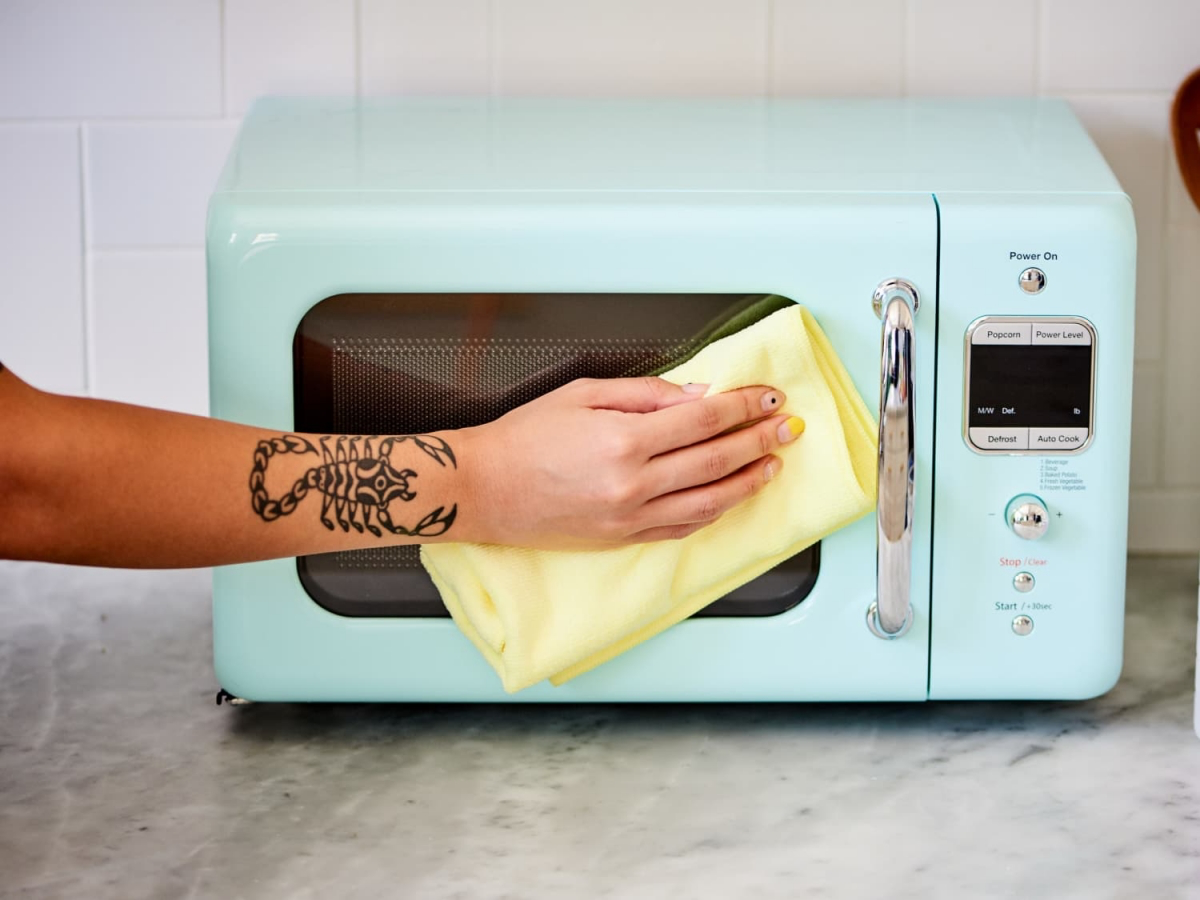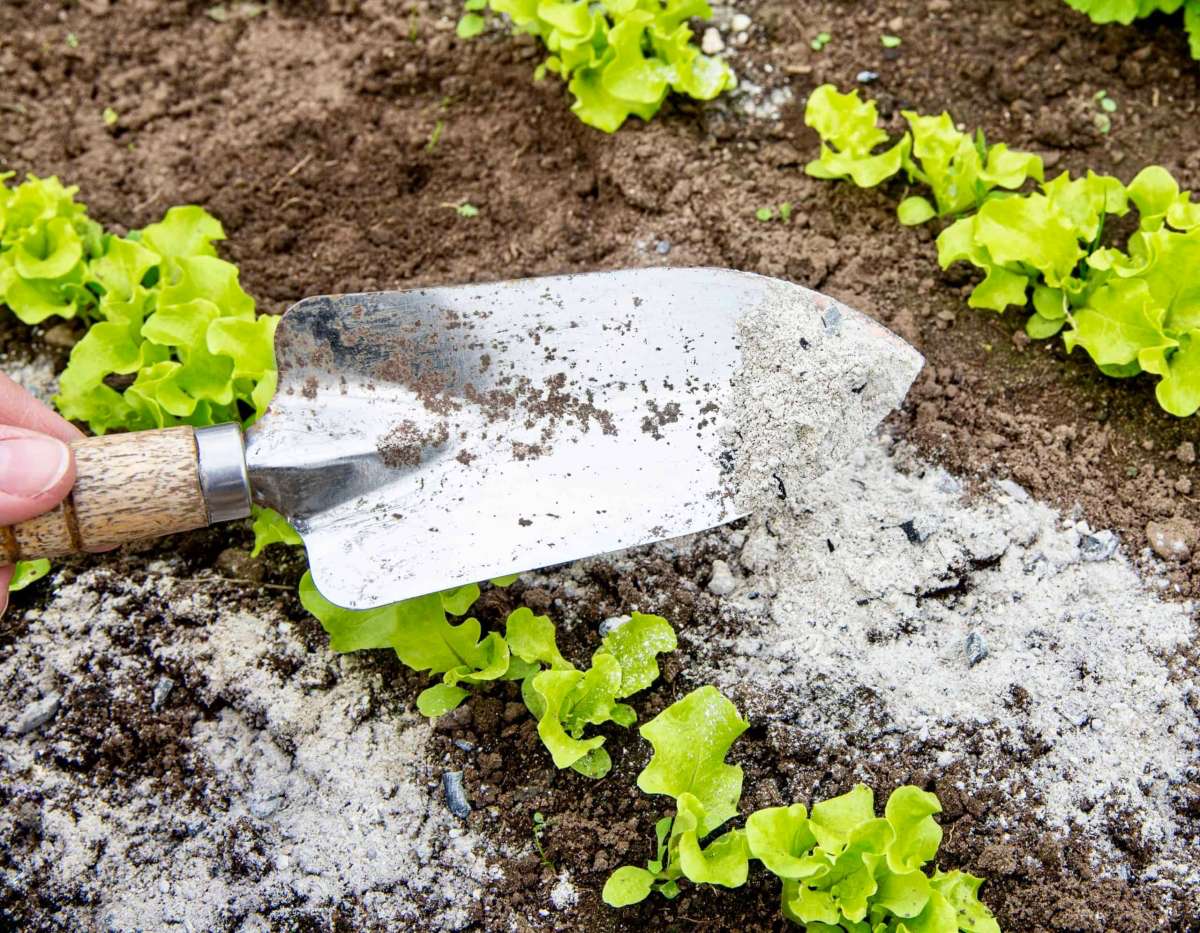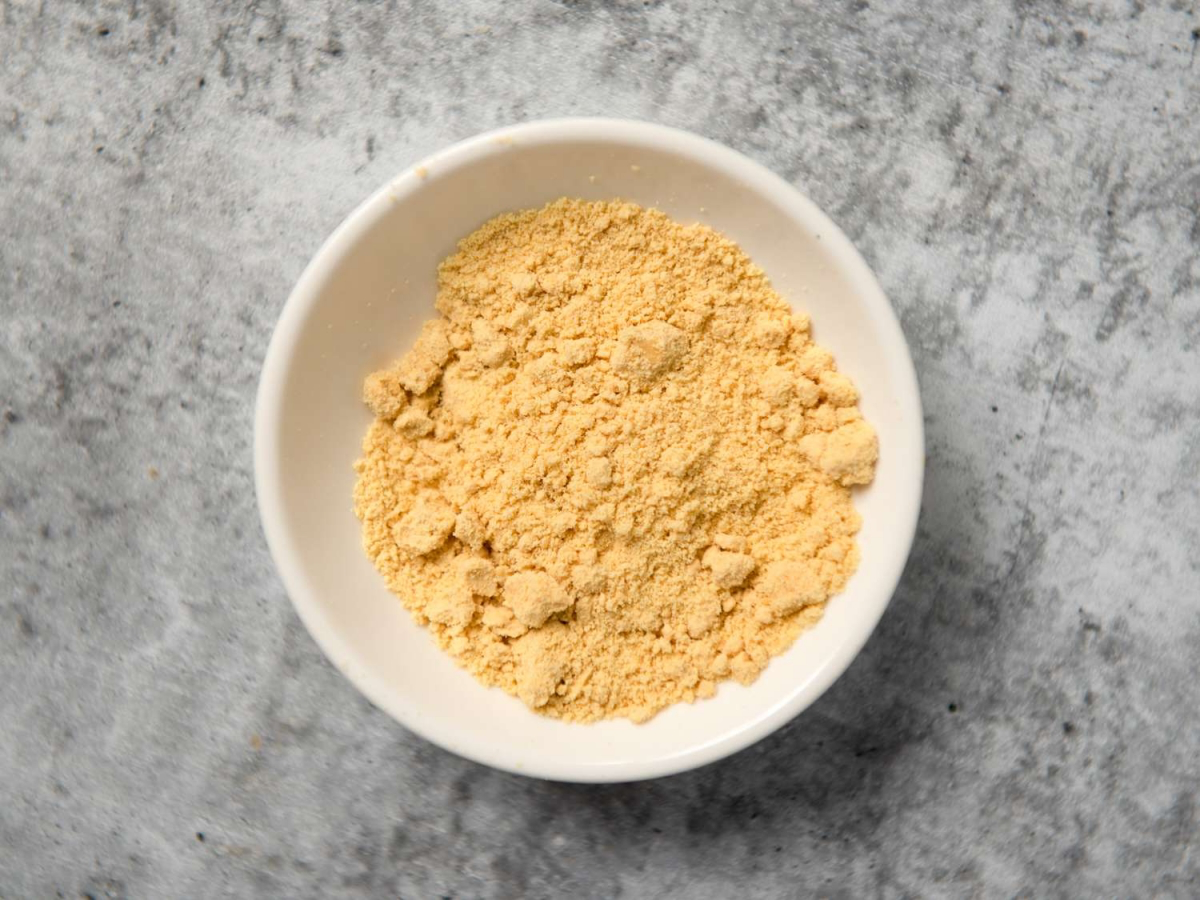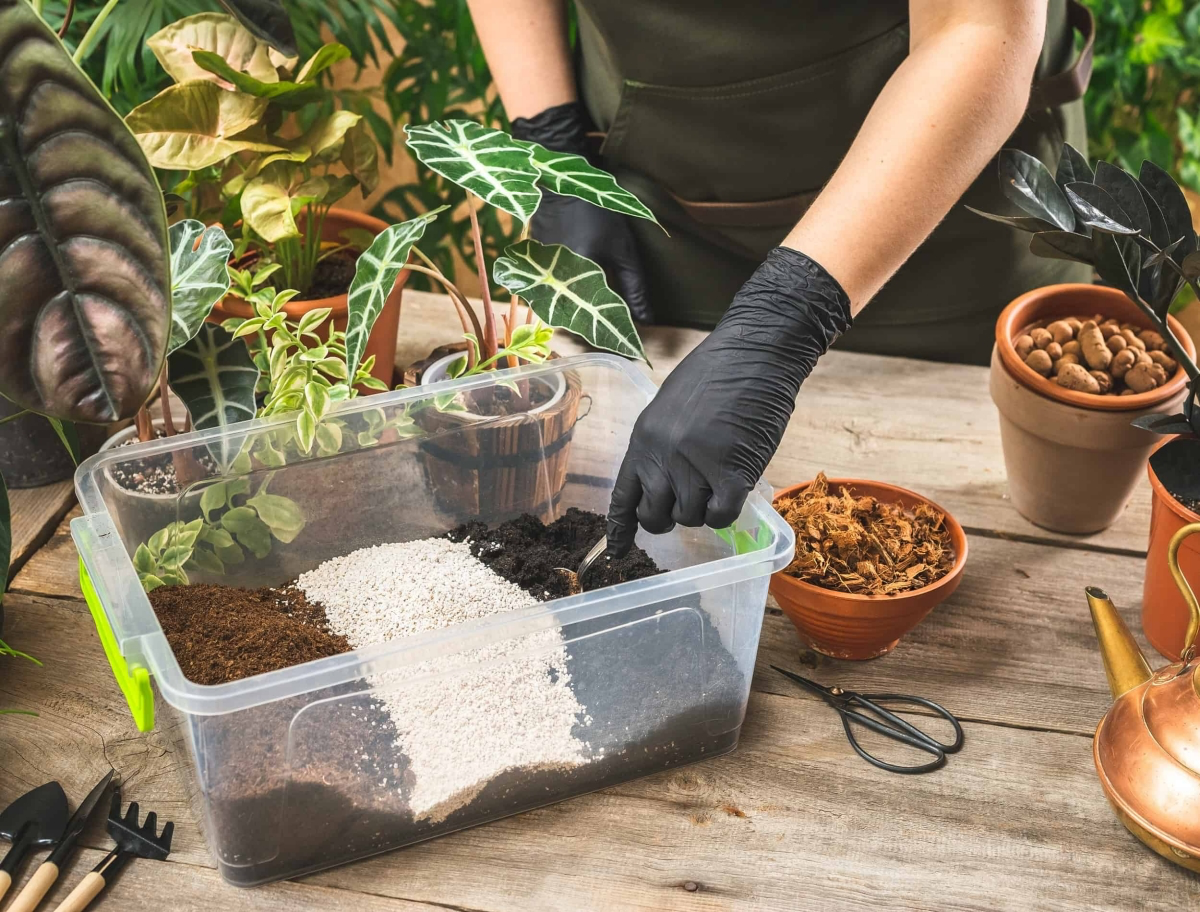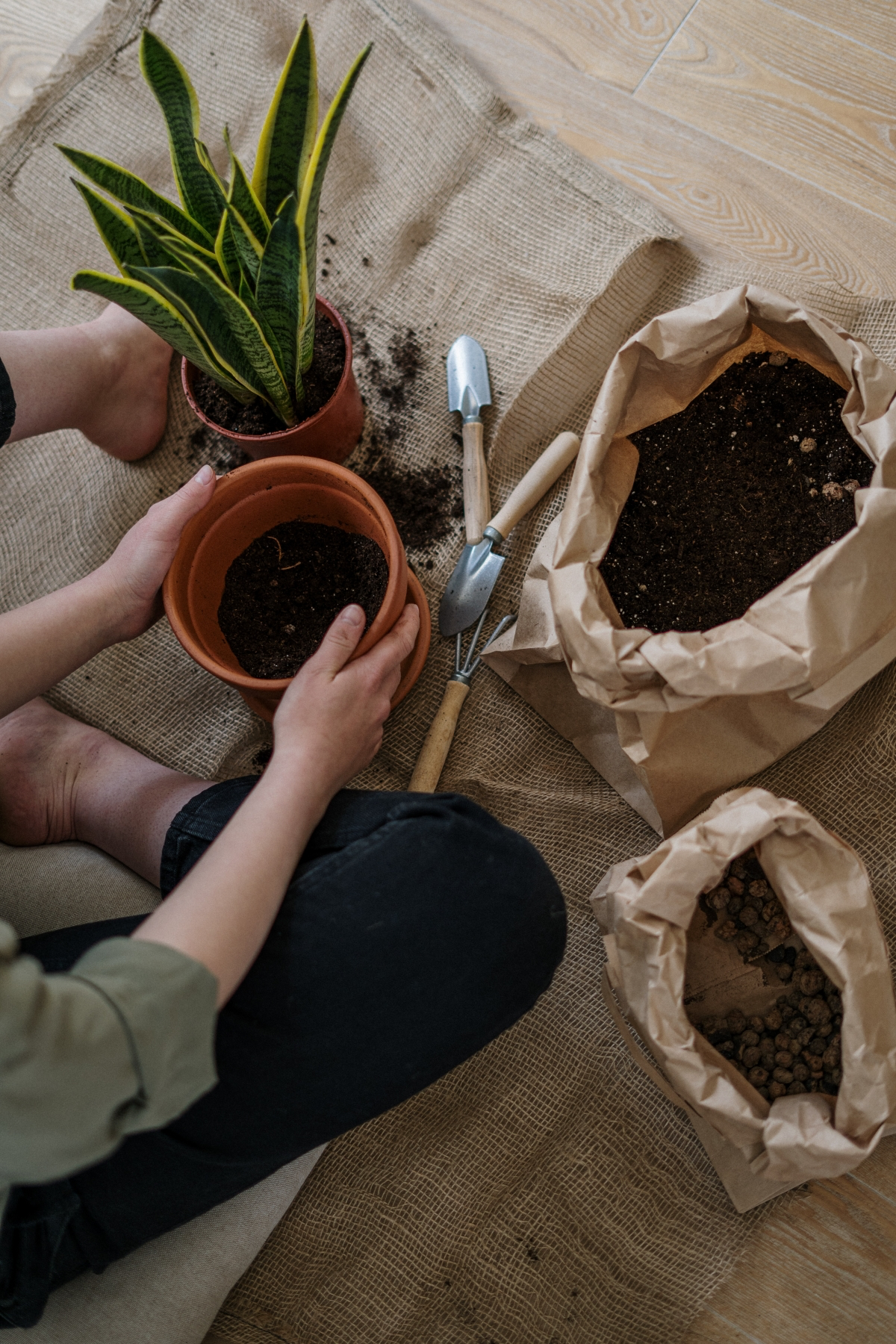How to Sterilize Potting Soil: 8 Gardener-Approved Methods
For those who prefer to take their potting soil straight from nature, there are both benefits and potential drawbacks. On the one hand, this soil is free, and you know exactly what you are getting. But, on the other, you might be introducing unwelcome microorganisms and pests into your home that could cause headaches down the line. And, every avid gardener knows that their plants are far too precious to be exposed to such a danger. Therefore, when using natural components for soil mix, you need to sterilize the potting soil first. When you purchase potting soil from a specialist store in proper packaging, the soil has most likely been treated beforehand. However, if you have any doubts, you can sterilize it, as well! In this guide, we will show you the best gardener-approved methods, so you know how to sterilize your potting soil!
If you get your potting soil straight from nature, it is important to sterilize it first
Packaged potting soil is normally already sterilized, but it won’t hurt to repeat
In this article
Sterilize Your Potting Soil: The Best Gardener-Approved Methods
The most effective and affordable ways to sterilize potting soil come in several options. You should sterilize your potting soil in autumn or spring, before sowing seeds for seedlings and when transplanting them into pots.
#Heat the Soil
To sterilize your soil, place foil on a baking tray (old oven tray) and top with a 2-3 cm layer of garden soil. Then put it in the oven for about 20–30 minutes at maximum temperature. Then let the soil cool down completely. If, instead of foil, you pour a 1 cm layer of sand, you will immediately get a looser soil mixture. Moreover, some gardeners like to disinfect soil on a kitchen stove (countertop) with the following method. On the bottom of a metal pot (stainless steel, aluminum) pour 2-3 cm of sand, and on the top 7-12 cm of garden soil, depending on the size. A 3-4 liter pot is calcined for 20–30 minutes, and a 10 liter for about an hour.
Some gardeners even sterilize soil in a pot on the countertop
#Steam the Soil
Steaming is done with boiling water. First, you need to place the soil in a pot with drainage holes from which the water can easily drain out, and it can go straight into a pot. The other option is to place the soil in a bucket, pour boiling water over it and wait for it to settle, then drain the water off the top. In either case, after scalding, cover the pot with foil or put a lid on to steam the soil. Wait until the soil is almost completely dry before using it for planting. To help it dry out faster, you can spread it out in a thin layer on plastic wrap and leave it in the sun or a warm place.
Steaming the soil and then leaving it in the sun is a great sterilization method
#Freeze the Soil
Many people know that at freezing temperatures, most microorganisms die, but harmful bacteria can still survive. That is why it is best to freeze the soil twice. To do that, pour the soil into small bags and put them in the freezer for 10–14 days. Then thaw and water the soil lightly. The presence of heat and moisture will be a wake-up signal for pests. When you see sprouts, grubs or mold on the surface after 3–5 days, send the substrate back to the freezer. It can then be used as intended.
If you are using your small freezer, make sure to remove any food
#Use Potassium Permanganate
If you are not sure of the purity of the soil ingredients, but you also don’t want to use chemicals, then sterilize the soil with a potassium permanganate solution. After 3–4 days, water the soil with clean water and plant the plants. This method is especially good for planting seedlings or edible foliage in this substrate.
If you are not sure of the soil ingredients, sterilize it with potassium permanganate
#Use Hydrogen Peroxide
Prepare a 3% mixture of hydrogen peroxide by adding 30 ml of hydrogen peroxide per 1 liter of water. Then put the solution in a spray bottle. After that, spread the soil on plastic or nylon for optimum coverage. Spray the solution onto the soil and make sure you cover every part. Never pour the solution directly onto the soil as it is too concentrated. Finally, allow the soil to dry before using it.
Never pour this solution directly onto the soil
#Microwave
This is probably the laziest method on this list, but we had to mention it. Put some soil in a bag, poke a few holes on the top with a fork and microwave on maximum power for 10–15 minutes. Remove and cool the soil. You can repeat it once again to make sure. However, you need to be very careful with this method and preferably only use it when really needed. Also, make sure to thoroughly clean your microwave afterwards.
Clean your microwave thoroughly after this hack
#Ash
You can actually use our barbecue ashes as an additional soil sterilizer! To do this, just sprinkle some of the ash into the soil. You can do this even after planting the plant.
This hack can be done even after planting the plant
#Mustard Powder
Mustard powder is the best of both worlds- it acts as both a soil disinfectant and a natural fertilizer. Add it to the substrate, diluted with water (1 tbsp mustard powder per 5 l of water). Mustard powder is super effective against many diseases and problems – fungi, bacteria, viruses, thrips, and nematodes.
Mustard powder is both a soil sterilizer and a natural fertilizer
Disadvantages of sterilization
During some methods of sterilization, especially the thermal ones, not only the pathogenic microflora dies, but also the beneficial microorganisms in the soil. The soil becomes sterile and dead, which then negatively affects the plants. Therefore, 3–4 weeks after transplanting, when the root system has recovered from the mechanical damage, it is advisable to enrich the soil with special preparations or bio humus.
During thermal sterilization, the pathogenic microflora dies, as well as the beneficial microorganisms
Now you know how to sterilize your potting soil and why it is so important! Remember that each method has its specifics, so keep that in mind when deciding to take on this task. Nevertheless, sterilizing your garden soil is surely a great way to keep your plants happy and healthy for free!
Now you know how to sterilize your potting soil!
